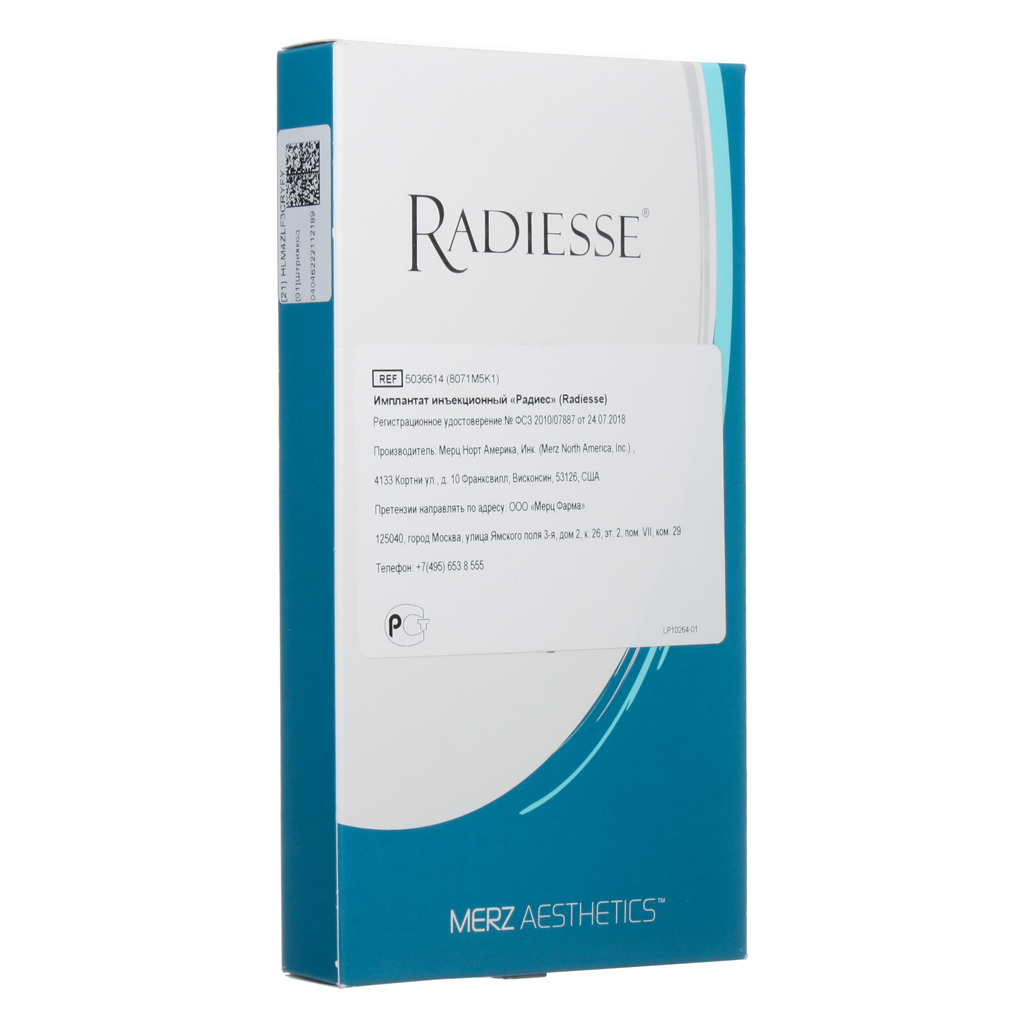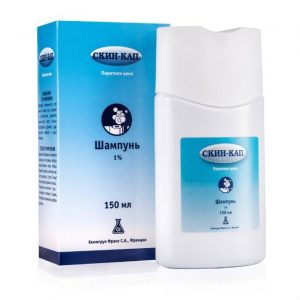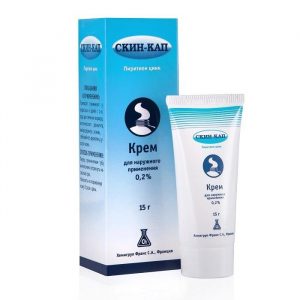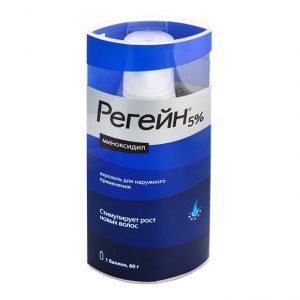Description
Release form
Implant.
Packaging
Syringe 1.5 ml
Pharmacological action
Radiesse ¢ (Radies) returns a young V-shape to the face: it replenishes the lost volume where necessary, wrinkles are smoothed, collagen production is stimulated, cheeks are tightened, and a young face shape is restored.
Indications
Injectable implant Radiesse ¢ (Radies) is intended for plastic and reconstructive cosmetology, including deep dermal and subdermal augmentation of soft tissues of the facial region.
Contraindications
Contraindication is the presence of acute and / or chronic inflammation or infection at the site of the procedure.
The drug is contraindicated in patients with hypersensitivity to any of the components.
Contraindicated in patients prone to inflammatory skin reactions or in patients with a tendency to hypertrophic scars.
Do not implant the product in the epidermis and do not use as a substitute for the skin. Implanting it into the epidermis or superficial layers of the dermis can lead to complications, such as fistula formation, infections, extrusion, node formation and hardening.
Not intended for use to correct glabellar folds. A higher risk of local necrosis is associated with glabellar infection. Complications associated with other injectable substances indicate that intensive injections into the surface dermal vessels of the glabellar region can cause retrograde movement in the retinal arteries, which can lead to vascular occlusion.
Contraindicated in the presence of foreign bodies, for example, liquid silicone or other fractional materials.
Should not be used in areas with insufficient coverage of healthy tissue with good vascularization.
Should not be used for patients with systemic disorders that can lead to poor wound healing or tissue damage above the implant.
Special instructions
The implant should not be inserted into the blood vessels. Injection into blood vessels can cause platelet aggregation, vascular occlusion, heart attack, embolism, or hemolysis.
Should not be inserted into organs or other structures that may be damaged by the space created by the implant.
Implantation should not be performed for patients taking aspirin or other medications that may interfere with the healing process.
Do not implant in infected or potentially infected tissue or in open cavities, as infection or extrusion may occur. Significant infection can cause damage or loss of skin over the implant. Hematomas or seromas may require surgical drainage.
In case of hypersensitivity or an allergic reaction, significant inflammation or infection may occur requiring removal of the implant.
Some injectable implants caused tissue hardening at the injection site, particles migrating from the injection site to other parts of the body, and / or allergic or autoimmune reactions. Based on clinical application, animal studies and related literature, these reactions have not been observed and are not expected for an injectable Radiesse ¢ implant (Radies).
As with any implant material, possible side effects may include, but are not limited to, inflammation, infection, fistula formation, extrusion, hematoma, seroma, hardening, problem healing, discoloration of the skin, and insufficient or excessive augmentation.
Safety and effectiveness of the product for women during pregnancy or lactation have not been established.
The safety and effectiveness of the injectable Radiesse ¢ implant (Radies) for use in the lip mucosa has not been established.
Composition
Injectable Radiesse ² Ñ implant (Radies) is a steam sterilized, latex-free, pyrogen-free, semi-solid, cohesive, fully biodegradable deep dermal and subdermal implant. The main component is synthetic calcium hydroxylapatite – a biomaterial that has been used in orthopedic practice, neurosurgery, dentistry, otolaryngology and ophthalmology for more than twenty years.
Calcium hydroxylapatite is the main mineral component of bones and teeth. The semisolid structure of the implant is formed by creating a gel-based suspension of calcium hydroxylapatite, consisting predominantly of water (sterile water for injection (USP)) and glycerin (USP). A gel structure is obtained by adding a small amount of sodium carboxymethyl cellulose (USP). The gel dissolves in vivo and is replaced by growing soft tissues, while calcium hydroxylapatite remains at the injection site. As a result, long-term, but not permanent recovery and growth is achieved.
Dosing and Administration
Remove the Luer cap from the distal end of the syringe before connecting the needle. Then the syringe can be screwed onto the Luer needle connector. The needle must be firmly fixed on the syringe and filled with an injectable Radiesse implant (Radies). Excess implant on the surface of the Luer connectors must be wiped with a sterile cloth. Slowly press the plunger of the syringe until the implant material comes out of the tip of the needle. If there is a leak in the Luer connector, it may be necessary to remove the needle and clean the surfaces of the Luer connector, or, in extreme cases, replace the syringe and needle.
3) Determine the site of insertion of the implant. Injections may be difficult or impossible to perform in tissue scars and cartilage. When inserting a needle, try not to pierce these types of tissue if necessary.
DO NOT INJECT IN A BLOOD VESSEL!
4) The depth of injection and the amount of material injected depend on the location and size of the restoration or augmentation. The injectable Radiesse implant (Radies) should be inserted deep enough to prevent the formation of nodules on the surface of the skin or ischemia of overlying tissues.
5) DO NOT APPLY EXCESS CORRECTION OF INJECTION PLACE. Apply a correction factor of 1: 1. Smooth or massage the inserted implant periodically throughout the injection process to obtain a smooth contour.
6) If you feel a lot of resistance when you press the piston, you can move the needle a bit to facilitate the entry of material. If you still feel significant resistance, you may need to completely remove the needle from the injection site and try again at another location. If significant resistance continues to be felt, you may need to use another injection needle. If the material cannot be inserted, change the syringe and needle.
7) Insert the needle into the deep layer of the dermis until it reaches the desired position. (For information on augmenting special areas of the face, see the additional instructions below.) Gently press on the plunger of the syringe to begin insertion of the implant, and slowly insert the material by pulling out the needle and thus placing the strip of material in the right place. Continue to place additional streaks of material until the desired level of augmentation is reached.
Storage conditions
The packaging of the injected Radiesse ¢ implant (Radios) should be stored at a controlled room temperature of 15 ° C to 32 ° C.
Active ingredient
Calcium hydroxyapatite
lekarstvennaja form
Solution for
Merc Farma GmbH and Ko.KGaA, Germany




